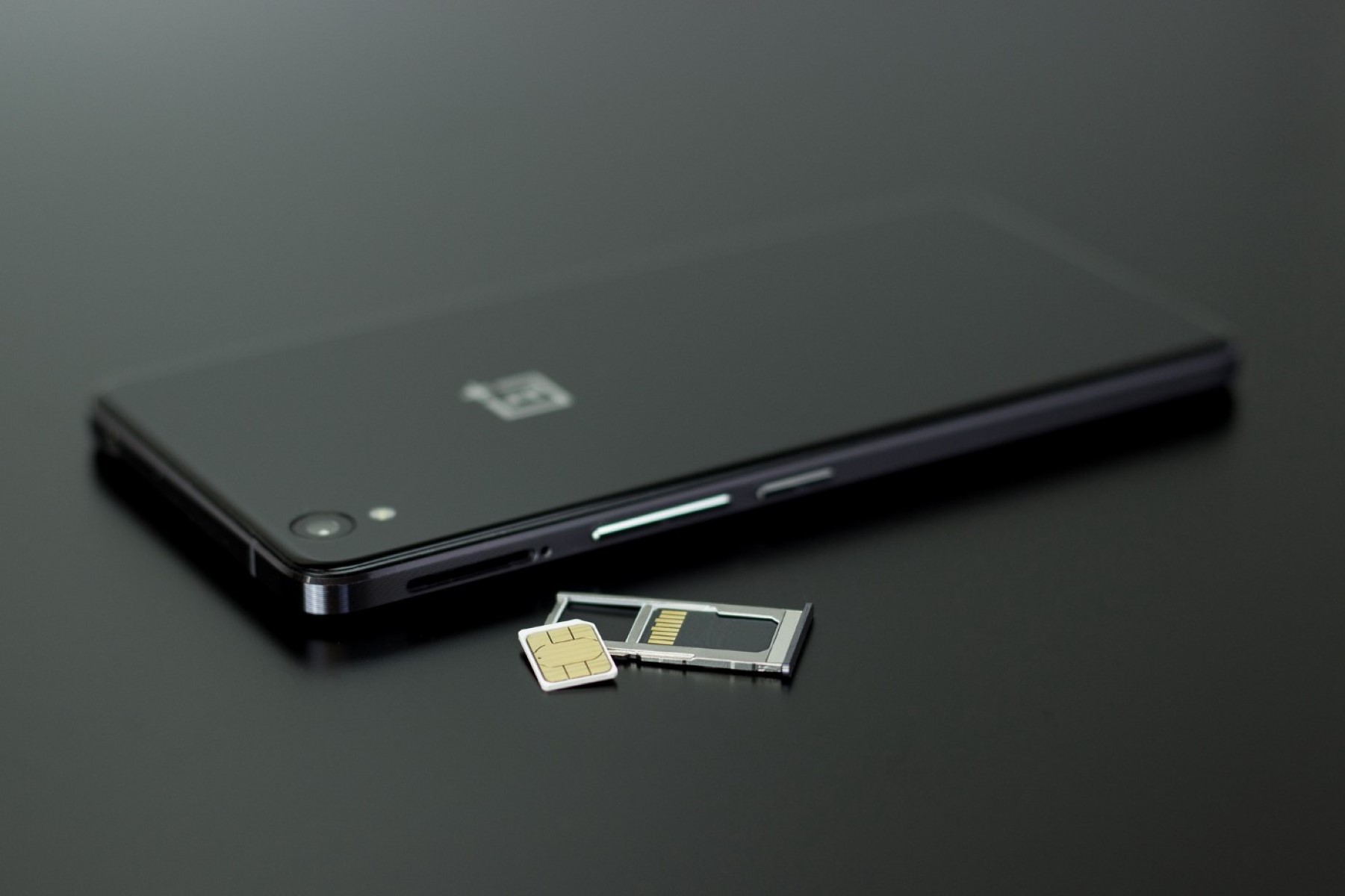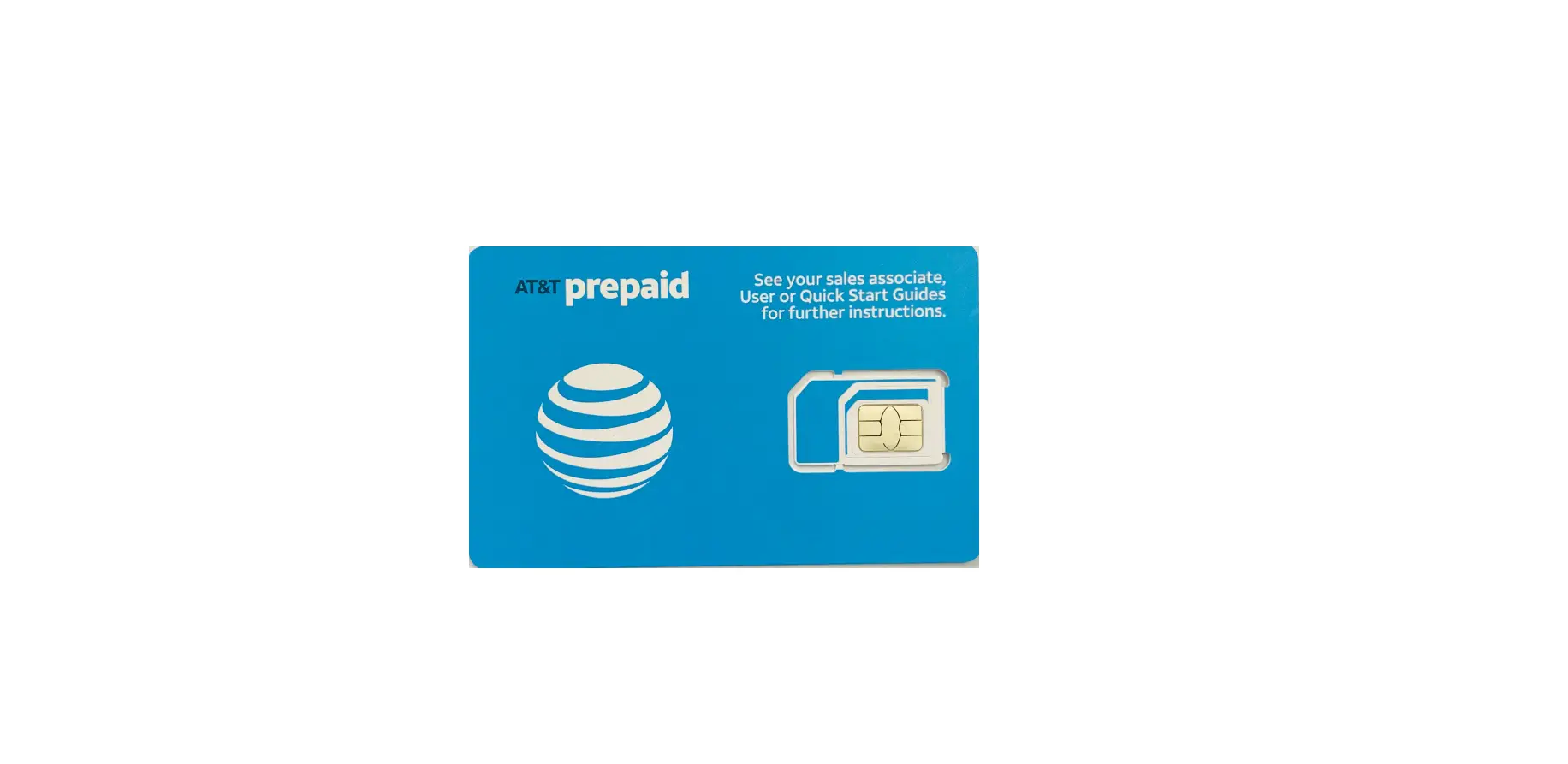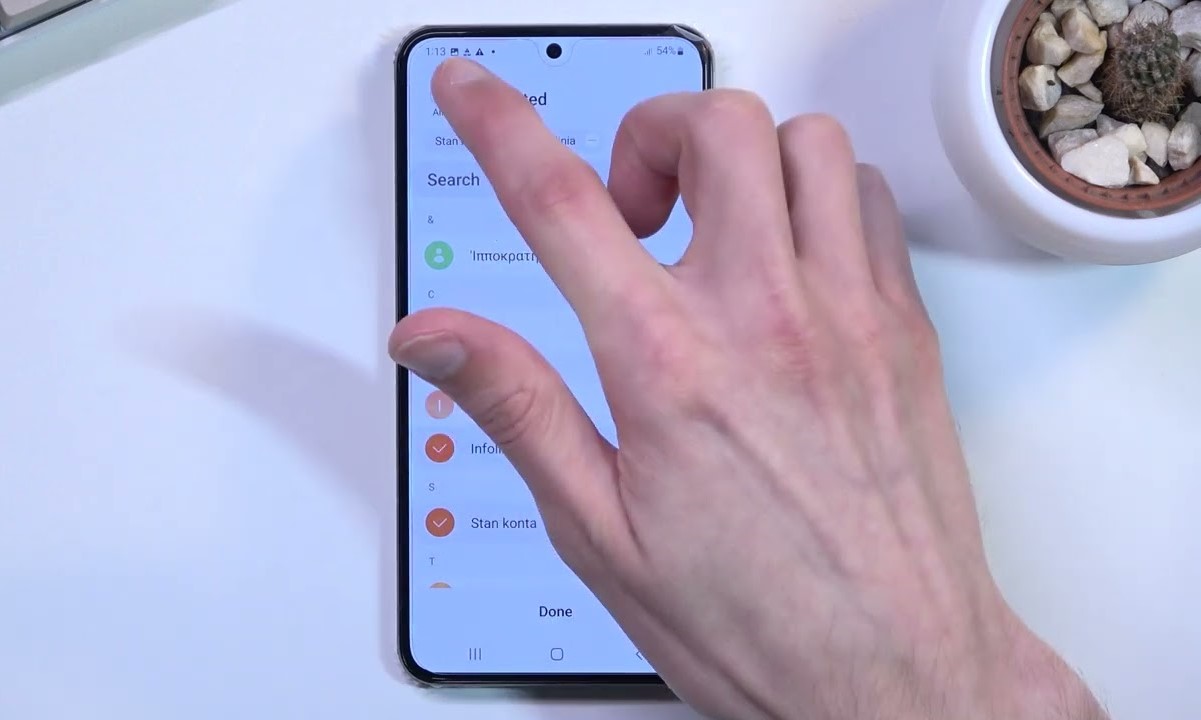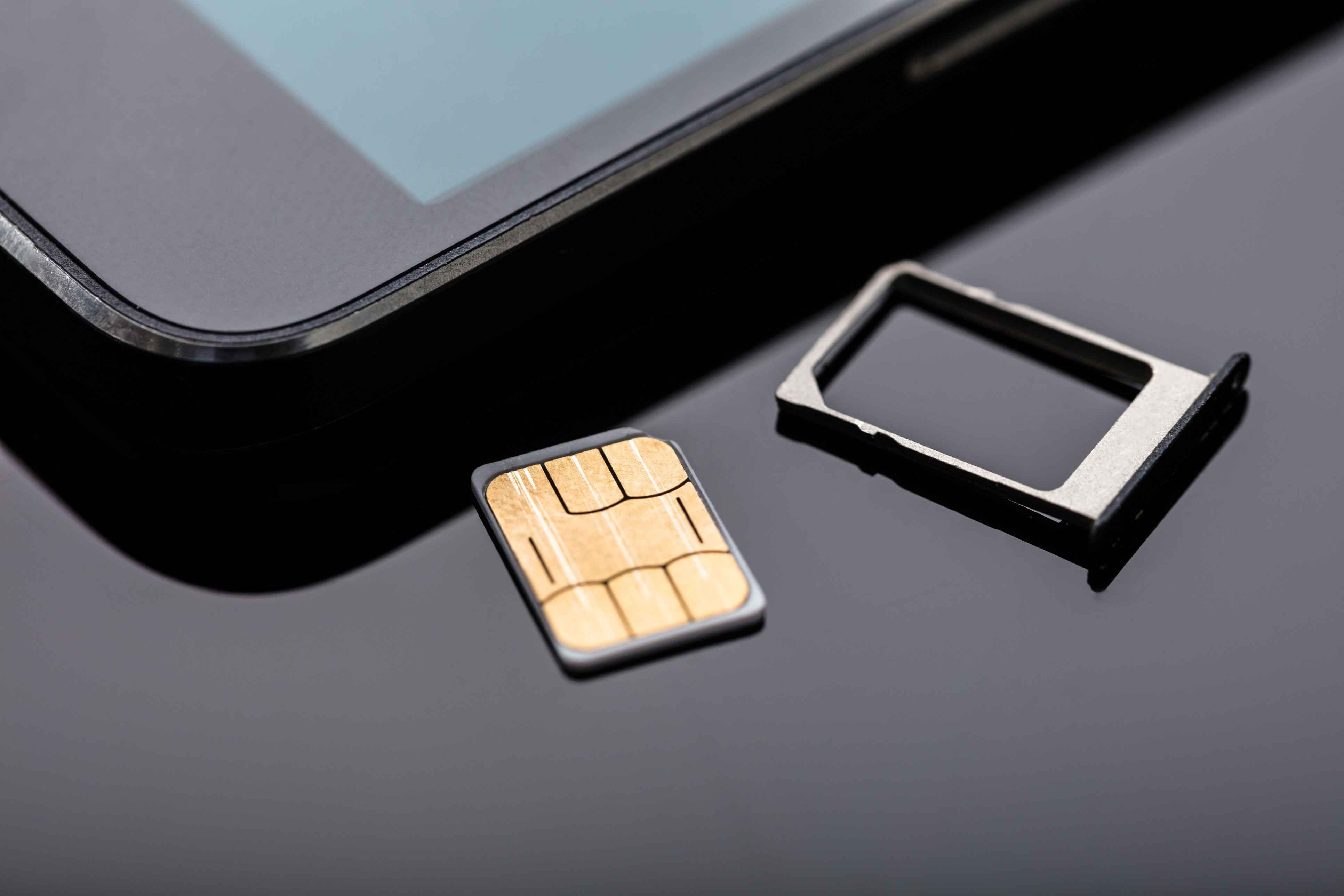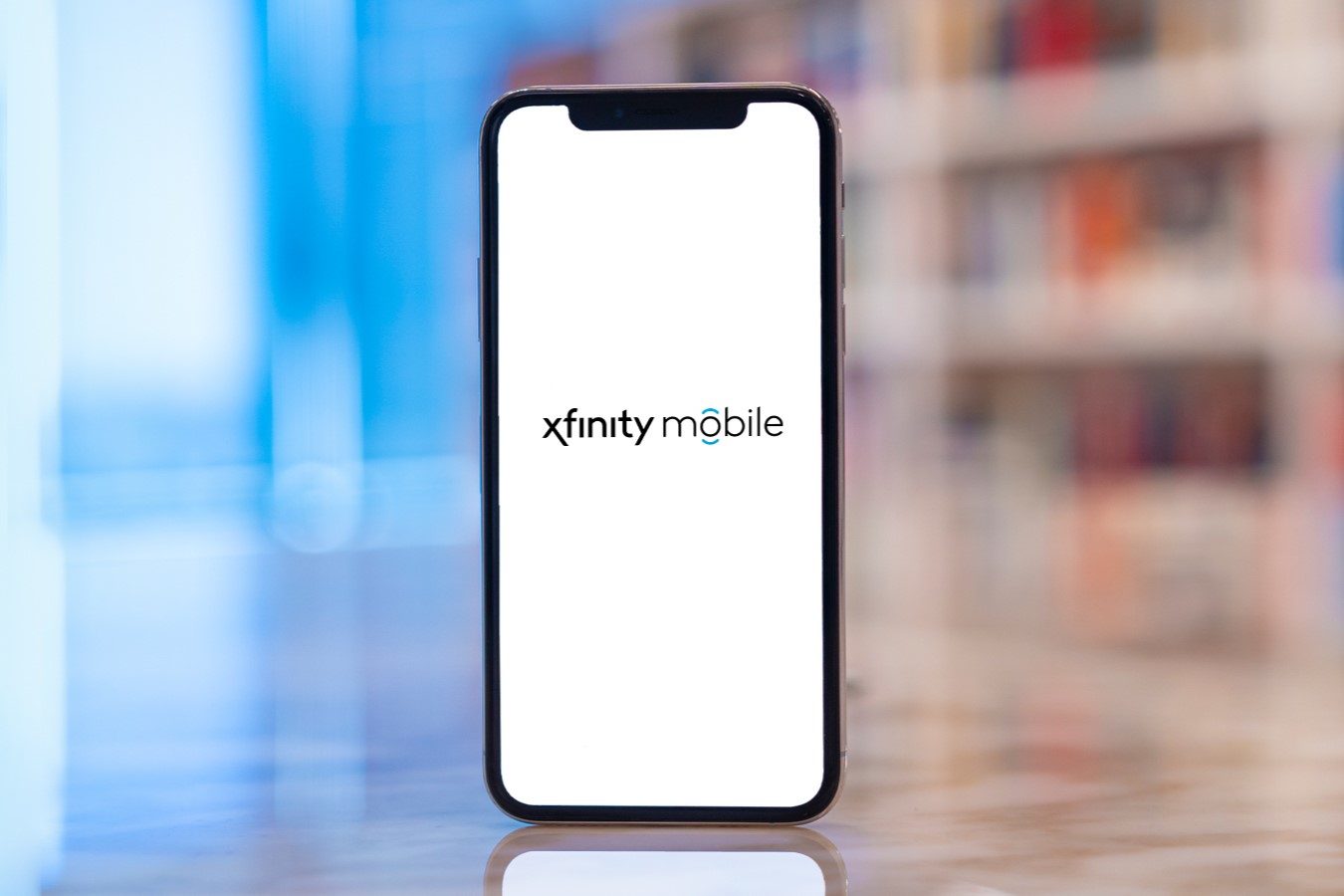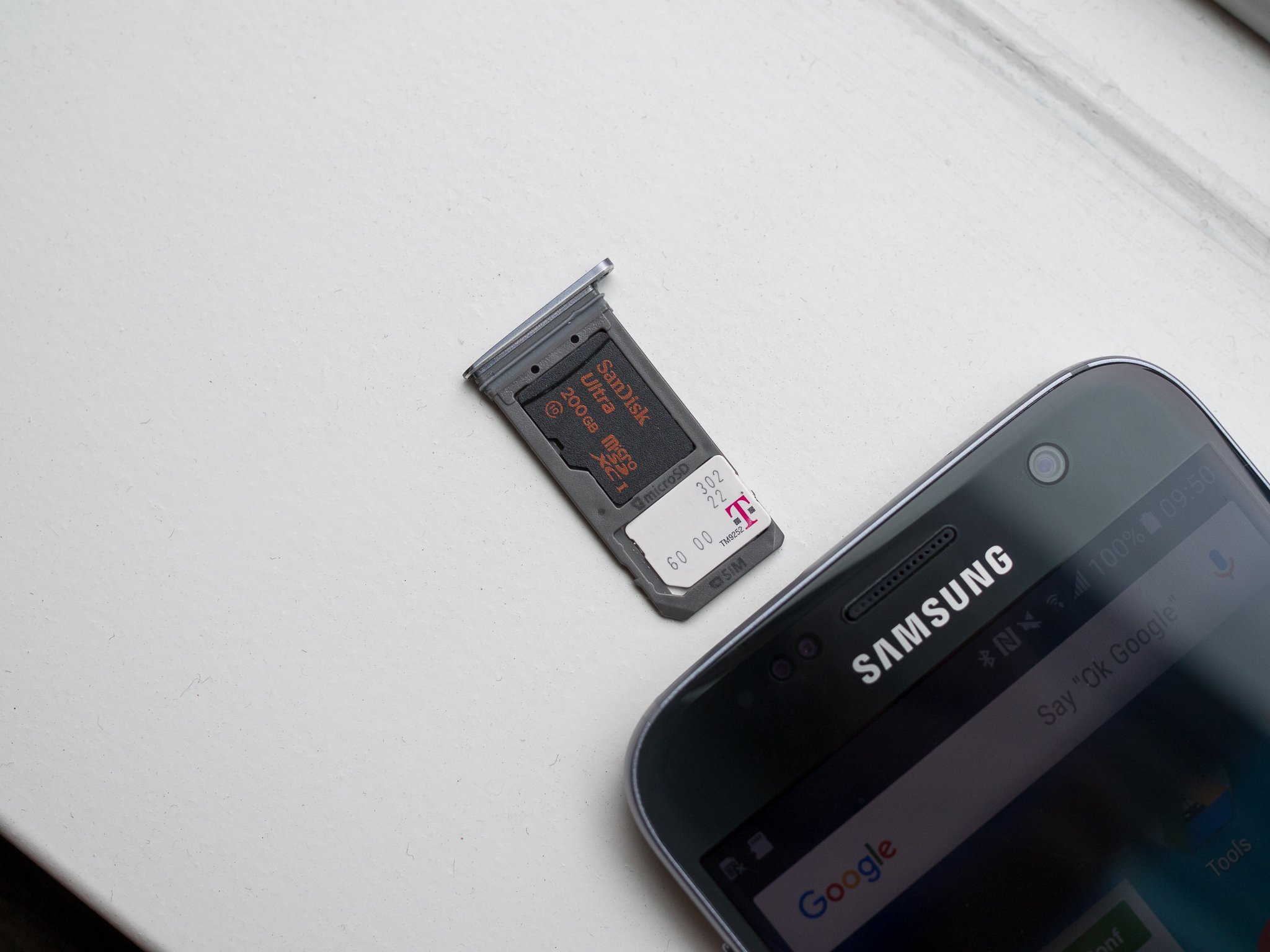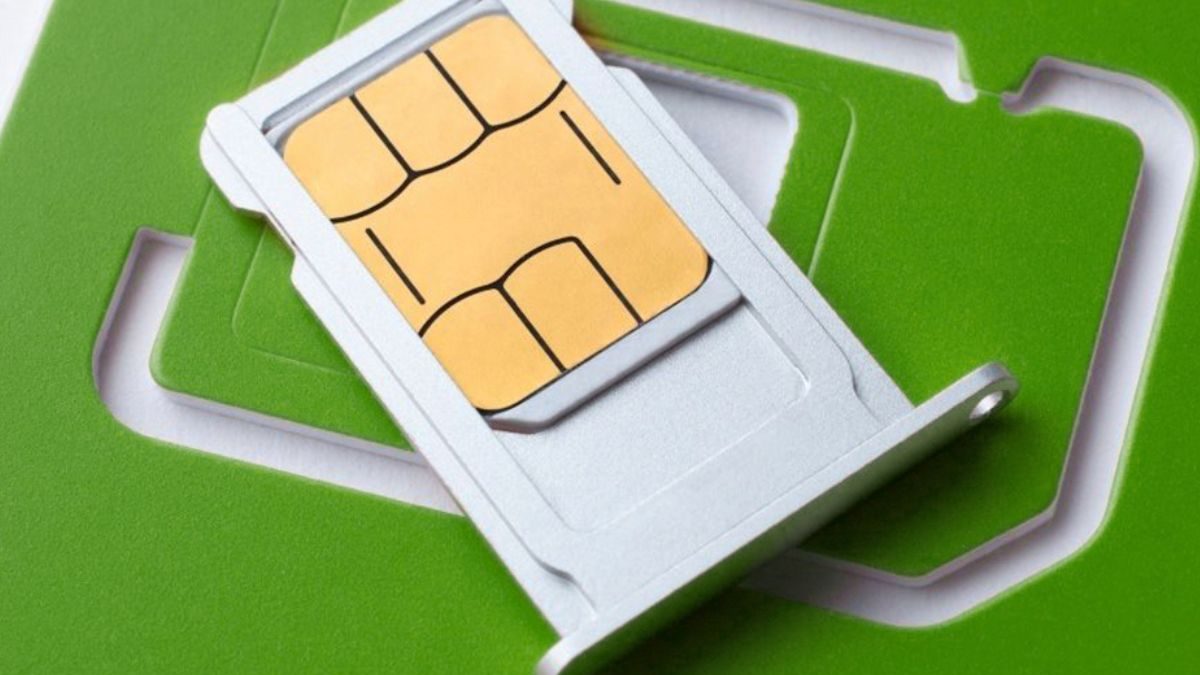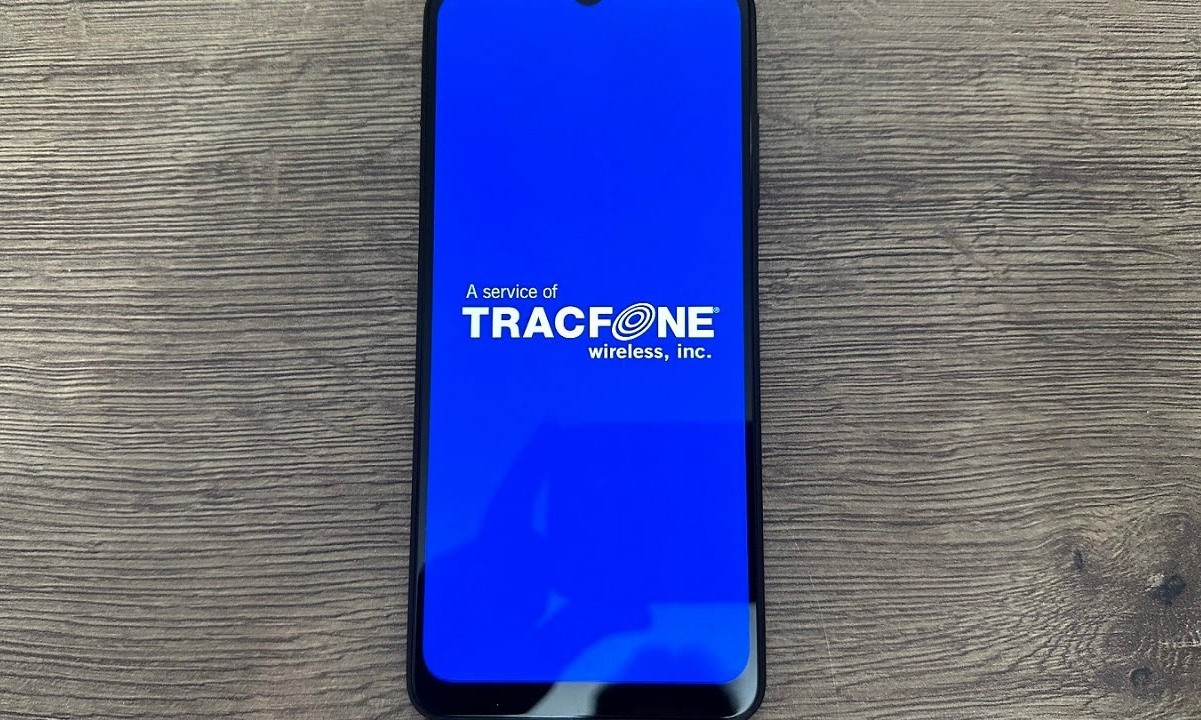Checking SIM Card Compatibility with Your Device
Ensuring that your SIM card is compatible with your device is crucial for seamless connectivity. Here's a comprehensive guide to help you verify the compatibility of your SIM card with your device.
-
Check SIM Card Size: The first step is to ensure that the physical size of your SIM card matches the SIM card slot on your device. There are three primary SIM card sizes: standard, micro, and nano. If your device requires a nano SIM card and you insert a standard or micro SIM, it won't be compatible.
-
Network Compatibility: Different mobile carriers operate on various network technologies such as GSM, CDMA, and LTE. It's essential to check if your device supports the network technology used by your SIM card's carrier. For example, if your device only supports GSM networks and your SIM card operates on a CDMA network, it won't be compatible.
-
SIM Lock: Some devices are SIM locked, meaning they can only be used with a specific carrier's SIM card. If your device is SIM locked to a different carrier, it won't work with a SIM card from another carrier. You can contact your device's original carrier to inquire about unlocking options.
-
Device Compatibility: Newer SIM cards may not be compatible with older devices due to advancements in technology. Conversely, some older SIM cards may not be compatible with newer devices that require updated SIM card standards. Ensure that your device supports the SIM card's technology to enable seamless functionality.
By following these steps, you can effectively verify the compatibility of your SIM card with your device, ensuring uninterrupted connectivity and communication.
Verifying SIM Card Activation
Verifying the activation of your SIM card is a crucial step in ensuring that it is ready for use. Here's a detailed guide to help you confirm the activation status of your SIM card.
-
Check for Activation Confirmation: Upon receiving your SIM card, you may have been provided with an activation confirmation message or email from your mobile service provider. This communication typically includes details such as the activation date and instructions for completing the activation process. Ensure that you have received and reviewed this confirmation to verify that your SIM card has been successfully activated.
-
Insert the SIM Card: Insert the SIM card into your device and power it on. If the SIM card has been activated, your device should display the network signal bars or indicate the carrier's name on the screen. If your device does not show any signal or indicates "No Service," the SIM card may not be activated.
-
Make a Test Call: Attempt to make a test call to a known number to verify if the SIM card is active. If the call goes through and you can communicate with the recipient, it indicates that the SIM card has been successfully activated. Conversely, if the call does not connect or you receive an error message, the SIM card may not be activated or may have an issue.
-
Check Online Account: Many mobile service providers offer online account management platforms where you can log in and verify the activation status of your SIM card. Access your account through the provider's website or mobile app and navigate to the section dedicated to your SIM card or device. Here, you should be able to view the activation status, associated phone number, and other relevant details.
-
Contact Customer Support: If you are unable to confirm the activation status through the aforementioned methods, reaching out to your mobile service provider's customer support is recommended. The customer support team can assist you in verifying the activation status of your SIM card and troubleshoot any potential issues that may be preventing its activation.
By following these steps, you can effectively verify the activation status of your SIM card, ensuring that it is ready for use and enabling seamless communication through your mobile device.
Ensuring Proper Insertion of SIM Card
Proper insertion of a SIM card is fundamental to its functionality within a mobile device. Failing to insert the SIM card correctly can lead to connectivity issues and hinder the device's ability to access the mobile network. Here's a detailed guide to ensure the proper insertion of your SIM card:
-
Power Off the Device: Before inserting or removing a SIM card, it's essential to power off the device. This precautionary step prevents any potential damage to the SIM card or the device's SIM card slot.
-
Locate the SIM Card Slot: Depending on the device model, the SIM card slot may be located on the side, top, or back of the device. Refer to the device's user manual or manufacturer's website to identify the precise location of the SIM card slot.
-
Eject the SIM Tray: For devices with a removable SIM tray, use the provided SIM eject tool or a paperclip to gently press into the pinhole next to the SIM card slot. This action will release the SIM tray, allowing you to access the SIM card slot.
-
Align the SIM Card: Place the SIM card on a flat surface and carefully align it with the SIM card slot on the tray. Ensure that the gold contacts on the SIM card align with the corresponding contacts within the slot, and the cut corner of the SIM card matches the shape of the slot to guarantee the correct orientation.
-
Insert the SIM Card: Once aligned, gently place the SIM card into the slot or tray, ensuring that it sits flush and does not protrude. Exercise caution to avoid bending or damaging the SIM card during the insertion process.
-
Secure the SIM Tray: Carefully insert the SIM tray back into the device, ensuring that it fits snugly and aligns with the device's frame. Apply gentle pressure to secure the tray in place without forcing it, as excessive pressure may cause damage to the tray or the device.
-
Power On the Device: After properly inserting the SIM card, power on the device and allow it to establish connectivity with the mobile network. Upon successful insertion, the device should display the network signal bars or indicate the carrier's name, confirming the SIM card's functionality.
By following these steps, you can ensure the proper insertion of your SIM card, promoting seamless connectivity and optimal performance within your mobile device.
Testing SIM Card in Another Device
Testing your SIM card in another device can provide valuable insights into its functionality and compatibility. This process involves transferring the SIM card to a different compatible device to assess its performance and connectivity. Here's a detailed guide on how to effectively test your SIM card in another device:
-
Selecting a Compatible Device: Identify a compatible mobile device that supports the same SIM card size and network technology as your current device. Ensure that the device is unlocked or belongs to the same mobile carrier as your SIM card to avoid compatibility issues.
-
Power Off Both Devices: Before transferring the SIM card, power off both the current device and the alternative device where you intend to test the SIM card. This precautionary measure prevents any potential damage to the SIM card or the device's SIM card slot during the transfer process.
-
Ejecting the SIM Card: Use the SIM eject tool or a paperclip to gently press into the pinhole next to the SIM card slot on your current device. Carefully remove the SIM card from the slot and handle it with caution to avoid any damage or bending of the card.
-
Inserting the SIM Card: Insert the SIM card into the SIM card slot of the alternative device, ensuring that it is properly aligned and securely placed within the slot. Exercise care to avoid forcing the SIM card into the slot, as this may cause damage to the card or the device.
-
Power On the Alternative Device: After inserting the SIM card, power on the alternative device and allow it to recognize the SIM card. Once the device establishes connectivity with the mobile network, observe the signal bars or carrier name displayed on the screen to confirm the SIM card's functionality.
-
Testing Connectivity: Make a test call, send a text message, and access mobile data on the alternative device using the SIM card. Verify that the device can successfully connect to the mobile network, make and receive calls, and access data services without any interruptions.
-
Observing Network Performance: Pay attention to the signal strength, call quality, and data speed experienced on the alternative device with the tested SIM card. Assess whether the network performance meets your expectations and if any issues arise during usage.
By testing your SIM card in another device, you can gain valuable insights into its functionality and compatibility, helping you identify any potential issues and ensuring seamless connectivity across different devices.
Contacting Your Service Provider for Assistance
If you encounter challenges or uncertainties regarding your SIM card's functionality or activation status, reaching out to your service provider for assistance is a proactive step towards resolving any potential issues. Service providers offer dedicated customer support channels to address inquiries, troubleshoot problems, and provide guidance on optimizing your mobile connectivity experience.
When contacting your service provider for assistance, consider the following steps to streamline the process and effectively communicate your concerns:
-
Gather Relevant Information: Before reaching out to your service provider, gather essential details such as your account information, SIM card number (ICCID), device model, and a brief description of the issue you are experiencing. This information equips the customer support team with the necessary context to assist you efficiently.
-
Choose the Appropriate Channel: Service providers typically offer multiple contact channels, including phone support, live chat, email, and in-person assistance at retail locations. Select the most convenient and effective channel based on the urgency and nature of your inquiry. Live chat and phone support are often ideal for real-time assistance, while email communication allows for detailed explanations of complex issues.
-
Clearly Articulate the Issue: When communicating with the customer support representative, clearly articulate the problem you are encountering with your SIM card. Provide specific details such as error messages, observed symptoms, and any troubleshooting steps you have already attempted. Clarity in communication expedites the diagnostic process and enables the support team to offer targeted solutions.
-
Follow Guidance and Troubleshooting Steps: Upon explaining your issue, follow the guidance and troubleshooting steps provided by the customer support representative. This may involve performing diagnostic tests on your device, reactivating the SIM card, or adjusting network settings to address connectivity issues.
-
Seek Clarification and Explanation: If you encounter technical terminology or complex instructions during the support interaction, don't hesitate to seek clarification and a simplified explanation. Understanding the root cause of the issue and the steps to resolve it empowers you to address similar challenges in the future.
-
Document Reference Numbers and Solutions: Throughout the support interaction, make a note of any reference numbers provided by the customer support team. Additionally, document the solutions or actions recommended to rectify the issue. This documentation serves as a reference for future inquiries and ensures continuity in addressing persistent concerns.
-
Express Appreciation and Provide Feedback: After resolving the issue or receiving assistance, express appreciation for the support provided by the customer service representative. If applicable, offer feedback on the effectiveness of the solutions and the overall support experience. Constructive feedback contributes to service improvement and enhances the customer support ecosystem.
By effectively engaging with your service provider's customer support, you can navigate challenges related to your SIM card, activation, or connectivity, ultimately optimizing your mobile experience and leveraging the full potential of your device and network services.







